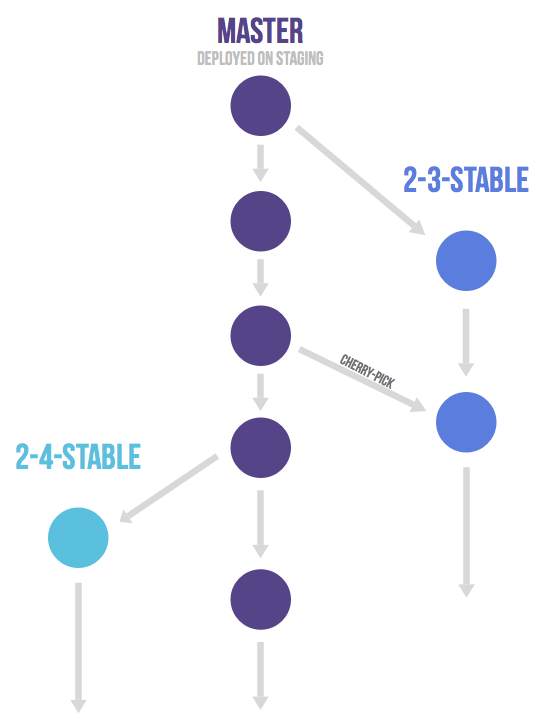
Repository and that you have made backups in case something goes wrong).

Need to do (we assume you have git-annex enabled in your If you know what you are doing and want to skip the reading, this is what you

There are basically two steps you need to take in order to migrate from Git Migration has to be done manually per repository. They are not compatible as they are using a different scheme. git/annex/objects) and LFS files are stored outside of the repositories, Since Git Annex files are stored in a sub-directory of the normal repositories Annex files cannot be browsed directly in GitLab’s interface, whereas LFS.You can compare the commands each one offers by running man git-annex Git Annex requires a more complex setup, but has much more options than Git.LFS files are stored outside of the repositories in a place you can define. Annex files are stored in a sub-directory of the normal repositories, whereas.
#Git lfs vs git annex code#
Bei git-annex ist mir aufgefallen, dass es keine vollständingen versionierten Release Tarballs vom Source Code gibt. Git Annex works only through SSH, whereas Git LFS works both with SSH and HTTPS Hallo Swen, Ich habe heute obis auf Leonhard Open installiert.Some items below are general differences between the two protocols and some are Git LFS in GitLab 8.2 and is available for both Community andĭifferences between Git Annex and Git LFS A few months later, GitLab brought support for Git Annex was introduced in GitLab Enterprise Edition 7.8, at a time Git Annex support has been removed in GitLab Enterpriseīoth Git Annex and Git LFS are tools to manage large files in Git. Further Reading Migration guide from Git Annex to Git LFS.Differences between Git Annex and Git LFS.In that case, while I would be correct about my point 2, at least it is only a "problem" of the server (in terms of space), but not on my local disk space and also not for the internet bandwidth usage. Only if I checkout the respective version of the large file, the files is downloaded. I understand from here that git-lfs keeps most of the (near) copies of my file in the remote storage. So, how does this improve the situation compared to git? I still get lots of (near) copies of this big file. In DVC, it seems that if I change a large file, just like in git, a snapshot of that file is created (not a delta saved). What is the advantage of using DVC then regarding this aspect? Can't I just use git and just not use those mechanisms? So, git's reconciliation-capabilities are not really required. However, since it is only a reference, there is not much merging to be done by git anyways. In DVC, the reference is a text file and thus, git will not get confused. I will use DVC as a stand-in, as I know even less about the other two. If I still need them in my project, I should use something like DVC, git-annex, git-lfs.Īs far as I understand, all three of those keep the those other files outside of git, and keep a reference, which is tracked by git. A git-lfs api is used to write the BLOBs to lfs.
#Git lfs vs git annex windows#
Since it uses symlinks, windows users are forced to use annex in a much different manner, which makes the learning curve higher. Thus files should be small.įiles that are either large or binary (or both), they should not be tracked by Git. The actual data gets stored into a separate backend (S3, rsync, and MANY others). If one makes a change, even a small change, to a large file, the entire files will be stored twice by git. If I change a version controlled file, git does not save the delta between those files, but safes and entire snapshot of the file. However, in order to do the reconciliations, e.g., in a merge, git requires access to the "inside" of the file. If I have different versions of a file, e.g., in different branches, and I try to reconcile those, git will has great mechanisms for that.


 0 kommentar(er)
0 kommentar(er)
